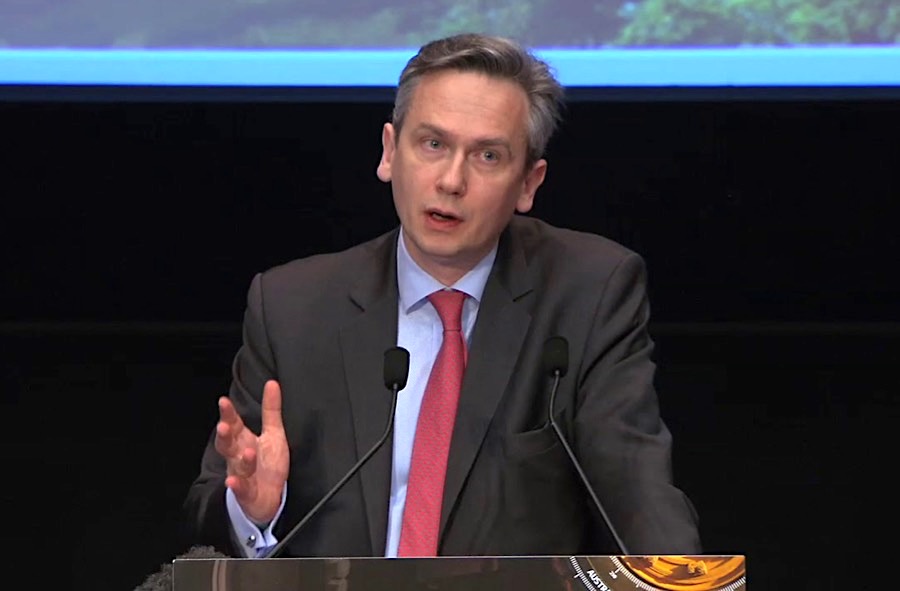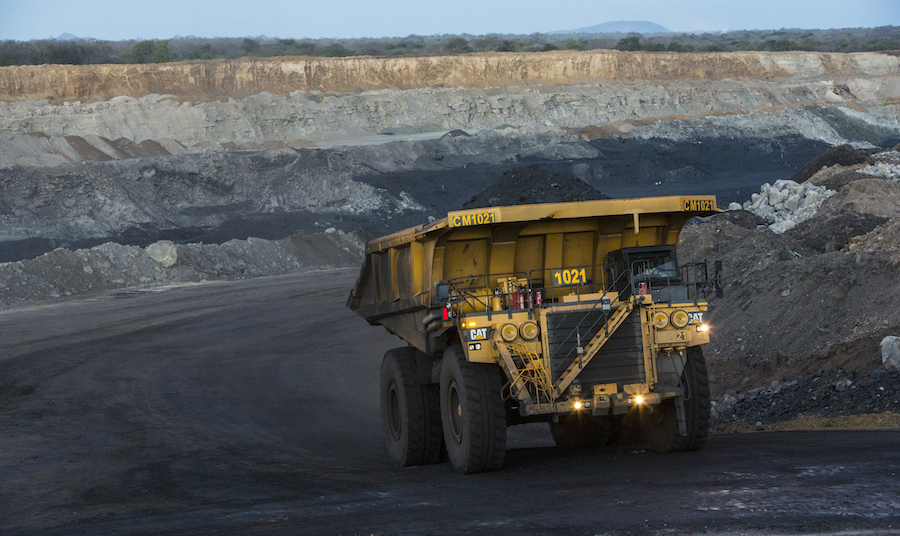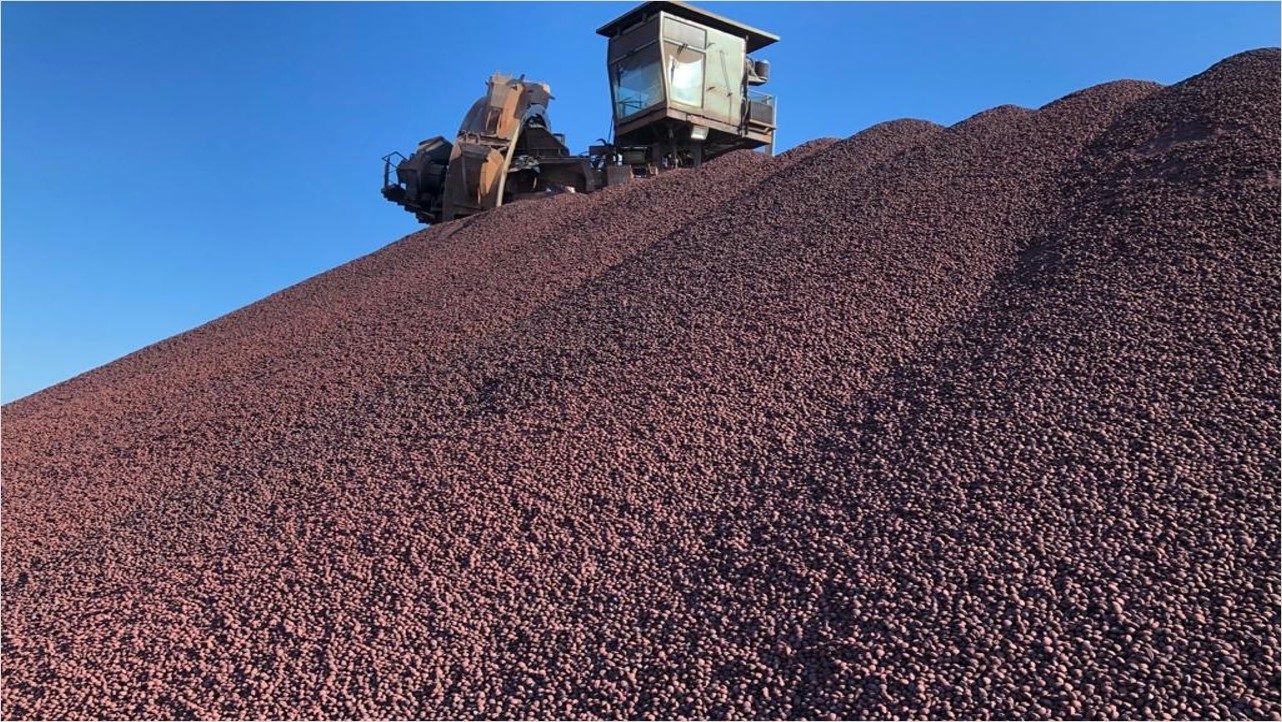Like Silicon Valley? Miners face uphill slog in drive to go digital

MELBOURNE, Oct 31 – The mining industry wants to shed its image as a low-tech shoveller of dirt and instead be seen as a cutting edge digital-savvy employer of choice. It’s a feat that could be compared to teaching an elephant to ballet dance.
While mining companies have been quick to adopt new technologies to drive costs lower, there is an increasing recognition that the industry needs to embrace the so-called digital revolution if it is to prosper in the future.
This means moving well beyond the driverless trains and trucks that have helped Australia’s major iron ore miners cut the cost of producing a tonne of the steel-making material by about two-thirds over the past decade.
The industry hasn’t been effective in convincing the public that it is part of the solution to the world’s problems.
Harnessing technology, and the people to use it, was an over-arching theme at this week’s International Mining and Resources Conference (IMARC).
But there was also tacit recognition that the industry is a long way from being attractive to the type of workers it will need if it is to harness the advantages of digital technologies.
One speaker at the event related the story of a mining executive addressing students studying technology degrees at a university.
When asked for a show of hands of who wanted to work in a high-tech industry committed to innovation and providing the materials needed for an electrified and de-carbonised economy, virtually every hand went up.
When the same students were asked to keep their hands up if they wanted to work in mining, and virtually every hand dropped.
Rio Tinto Chief Executive Jean-Sebastien Jacques told the conference that the industry “needs to change the barbecue conversation”.
“Our industry is one of least trusted in the world,” he said in his keynote address on Oct. 30.
While the mining industry talks often about earning the social licence to operate, it appears that there is now some appreciation that its needs to go beyond just engaging with the communities where it operates, and to take its case to the wider public.
How mining companies are going to achieve this remains the challenge. The industry hasn’t been exactly that effective in convincing the public, especially in advanced Western democracies, that it is part of the solution to the world’s problems.
Tweet to success?
In many ways the mining industry is losing the public relations battle against environmental activists. Many of the latter fail to distinguish between the various types of commodities being mined, the processes being used in extraction and the usefulness of the resource in helping, or hindering, action against climate change.
If mining companies want to engage young people and convince them that the industry is an exciting, technology-driven place to work, they should do more to reach out directly to them.
The fact that mining industry groups are too often linked with coal also hurts the industry as a whole, given the polluting fuel acts as a lightning rod for green activists.
Rio’s Jacques made the point that miners should be more engaged with social media, saying “who you are on social media is who you are”.
While his own company’s Twitter feed does do more than just parrot company press releases, it has only 60,300 followers. The main Greenpeace feed has 1.72 million, and the Worldwide Fund for Nature has almost 4 million.
A scan of Twitter suggests Jacques does not appear to have a verified account in his capacity as Rio CEO, and nor do BHP Chief Executive Andrew Mackenzie or Glencore Chief Executive Ivan Glasenberg.
The opportunities are definitely there. Javier Orellana, the digital transformation lead at industrial software developer Aveva, told IMARC that the industry could save as much as $370 billion by 2025 by adopting digital technologies.
Certainly, the nature of conferences like IMARC has changed in recent years, with significantly more presentations on technology and innovation, and a rise in the number of companies highlighting digital technologies, almost to the point where they outnumber the more traditional miners and engineering contractors.
There is little doubt that mining companies are keen to embrace more technology. But it also appears that they aren’t quite sure how to win over scepticism among the youth that they will need to do the work.
(By Clyde Russell; Editing by Kenneth Maxwell)
More News
{{ commodity.name }}
{{ post.title }}
{{ post.date }}



Comments